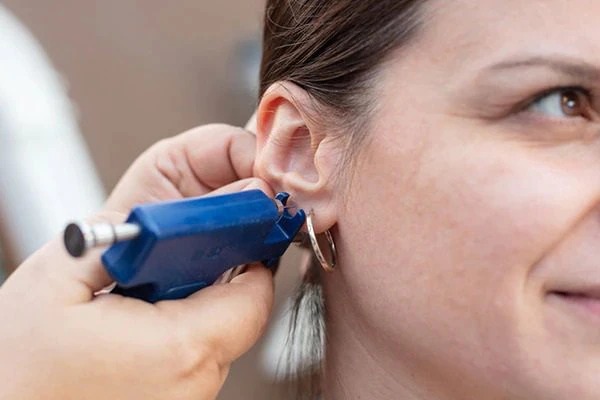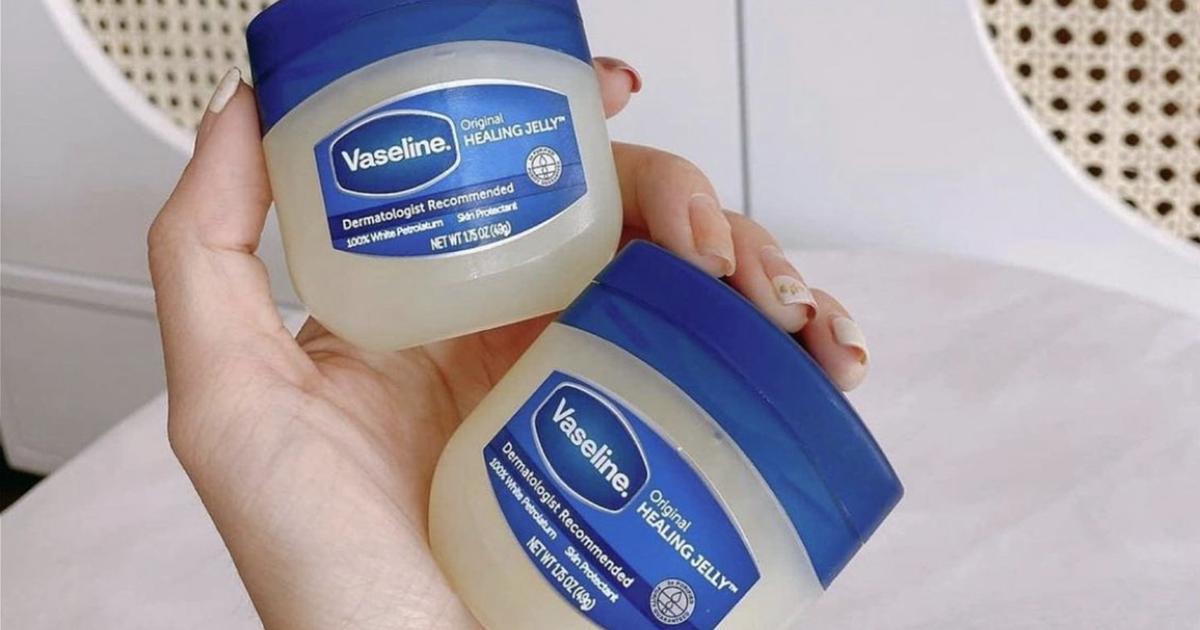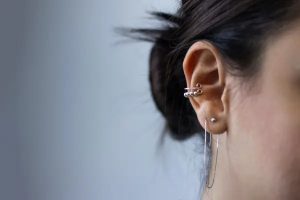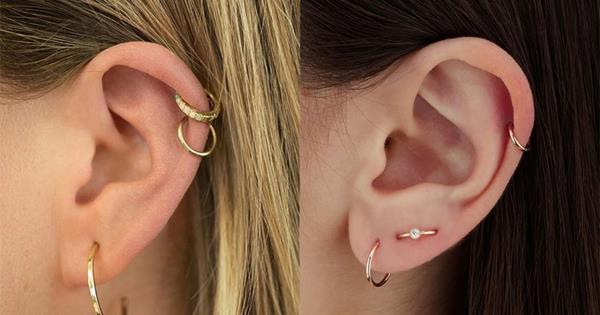Your new jewelry may appear appealing to you, but your body sees it differently. Puncturing your ears is a form of harm. Your ear contains layers of skin, and then there’s fat in the earlobes and cartilage in the higher ear. So you’re piercing through that tissue which includes a thick layer of skin over cartilage. Essentially, you’re making a little cut in your ear and skin, which must regenerate around your new earring. Which is why you’ll need to take care of the region to help it heal. Yet, regardless of how long the procedure takes, there are simple precautions you may do to avoid further irritation and illness.
Here’s how to properly manage the region, what to expect during the healing process, and what to do if you have an ear-piercing infection.
How long does it generally take for ear piercings to heal?
The healing time is determined by the location of the piercing. With an earlobe piercing, most of the healing takes place within six weeks. At this point, the initial earring can be swapped out for another nickel-free item of jewelry. A “starter” earring is typically a simple stud that is the initial earring worn with a fresh piercing. To begin, piercers often utilize non-nickel starting earrings to prevent any allergic reaction.

The surface healing of cartilage piercing anywhere outside the lobe occurs in the first 12 weeks or so. However, the deeper component of the piercing takes a full year to heal. That’s why specialists normally advise leaving the starting earring in a cartilage piercing for at least 12 weeks before replacing it with another (preferably nickel-free) earring. If you take it out earlier than that, even for a few hours, the piercing may begin to close. On that topic, wear an earring in your ear for at least the first year after a lobe or cartilage piercing to prevent the hole from closing up.
How should you look after your ear piercing while it heals?
Experts recommend that you keep the region clean and infection-free during the initial phases of healing—the first 6 weeks for a lobe piercing and 12 weeks for a cartilage piercing.
Every day- wash the area
You need to wash your hands with soap and water every time before touching your ear or ear piercing to avoid adding possibly hazardous bacteria to the area. Using a light antibacterial soap and warm water, wash your ear piercing and the area around it once a day for the whole 6- or 12-week healing procedure. Following washing, use a clean tissue or paper towel to pat the area dry.
Keep harmful microorganisms at bay

Aside from your usual soap and water cleansing, you’ll want to use an antibacterial solution to clean the region 2 to 3 times per day for the first 6 or 12 weeks (depending on whether it’s an earlobe or cartilage piercing). To wipe around the area, use a cotton swab dipped in rubbing alcohol. However, keep in mind that alcohol can be rather abrasive, especially if you have sensitive skin. Although alcohol is effective at killing surface-level germs, it is extremely drying to the skin when used repeatedly, which can irritate and delay healing.
Twist the jewelry one full rotation each time
If you have an earlobe piercing, twist the jewelry one full rotation each time you clean the region to protect the hole from closing up. Cartilage piercings, on the other hand, are different. One should just clean the piercing front and back two to three times a day without twisting the earring. Avoid touching the area while not washing it to avoid additional aggravation. The more you twist and play with your cartilage piercing, the more aggravation it receives, which can result in lumps, keloid scars, and infection.

Try using relaxing items on ear piercings
If the skin around your piercing is feeling dry or itchy, dab a petroleum-based substance like Vaseline or Aquaphor on it to keep it hydrated and protected. If you have especially dry or sensitive skin that is inflamed, consult your primary care doctor or dermatologist. Ask about a prescription, which can help calm things down while also preventing infection.
How can you know if your ears are allergic to earrings?

You’ll likely notice an allergic reaction within hours or days of getting a piercing. Which is most typically caused by the presence of nickel in the earring, though it can also be caused by nickel-free metals. You may experience inflammation and swelling (which can also indicate an infection), but it is also normal to develop a rash, itching, or blistering if you are allergic to the piercing. An allergic response can occur whenever you wear new jewelry, not only after getting an ear piercing. Keep an eye out for those symptoms if you’ve recently inserted a new earring and things don’t seem right.
If it appears that you may be allergic to your new earring and you’ve never had this response to the jewelry before, contact a dermatologist. See whether a patch test is recommended to determine whether you’re allergic to nickel or another material in the earring. Replace the earrings with jewelry that does not include the problematic material—this should help clean it up. To soothe the region and ease irritation, apply a small amount of Vaseline or Aquaphor.
When will you know your piercing is healed?
There are no hard and fast criteria for judging if a piercing has entirely healed simply by looking at it. One should look for the reduction of inflammation or discomfort in the pierced area. With cartilage piercings, you’ll also want to make sure that no skin is growing around the earring. If your earring appears to be stuck in the cartilage, this could indicate an infection and should be addressed by your doctor.

You should wait at least 12 weeks before changing your jewelry for cartilage piercings. You can expect the complete healing process to take about 12 months because you’re dealing with connective tissue. Because cartilage tissue has less blood circulation, it heals and regenerates more slowly. You’ll also want to repeat the cleaning technique outlined above. The time- when you should replace your studs following that initial 6- or 12-week healing period.



